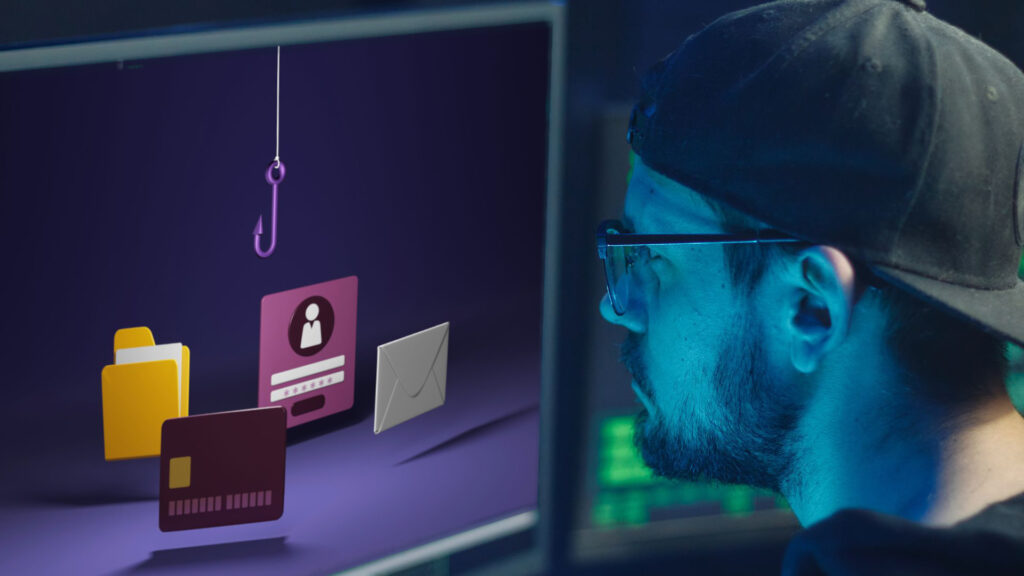The Silent Saboteur: How One Unseen IT Flaw Could Cost You More Than Just Clients

Let me tell you a story. A few years back, a boutique financial advisory firm—three partners, one assistant, and a whole lot of trust riding on their reputation—called me in a panic. Their network had gone down. Nothing major at first. Just a glitch, they said. But by the time they’d figured out it wasn’t […]
How Hackers Use Social Engineering Tactics in Phishing Scams

Social engineering is quite a buzzword these days in the world of cybersecurity. But what is it, and why are businesses so afraid of it? It is a form of hacking that uses deception and manipulation to get victims to divulge information. Companies have reason to be fearful because social engineering tactics have led to […]
Moving to the Cloud Promotes Business Growth

The number of companies moving to cloud operations is rising each year. This is not a surprise because cloud solutions are now a vital instrument for the growth and development of businesses in today’s digital world. If you have been looking for a way to scale your business and haven’t tried cloud technology, there is […]
How Do MSP Mergers and Acquisitions Impact Your Business?

We have seen a significant rise in the number of MSPs and solution providers selling out to larger corporations. They are also selling to hedge funds in recent years. This trend of MSP mergers has been going on around the world. With this trend, there is no sign that it is going to turn in […]
How Small Businesses Attract Large Enterprise Talent

It is a goal for all companies, big or small, to attract and keep large enterprise talent that is suitable for the different areas of the business. After all, the more competent your workforce is, the more chances you have of successfully growing your business. But attracting talent is not always easy, especially for the […]
When Is It Time to Start Changing Your IT Provider?

Changing your IT provider is not an exciting task. Finding a new one can be stressful. You need to find one that will serve your needs to the highest standards and that you can trust to keep your best interests at heart. Because of the difficulties, many companies choose to slug it out with the […]
What Is IT Compliance?

The term IT compliance is frequently heard these days in relation to running an organization and making sure that they keep within the regulations of a third party or a specific client. It is essentially a process that companies go through in order to keep within these predetermined guidelines or boundaries. The main goal of […]
Where Does Social Engineering Scams Come from?

Social engineering scams are so much more rampant these days than ever before. There will certainly be suspicious-looking items in your inbox when you check your emails, which are most likely phishing emails. Many people now know to avoid clicking these malicious emails, which is a good thing. But still, their vast amount makes you […]
Addressing the Cybersecurity Risks of Working from Home

A remote workforce has become the norm since the pandemic. Even now that we consider it safe to return to the office work environment, many businesses have maintained the remote work setup because of the advantages. However, working from home also brings cybersecurity issues that need attention so as not to jeopardize the company’s network […]
